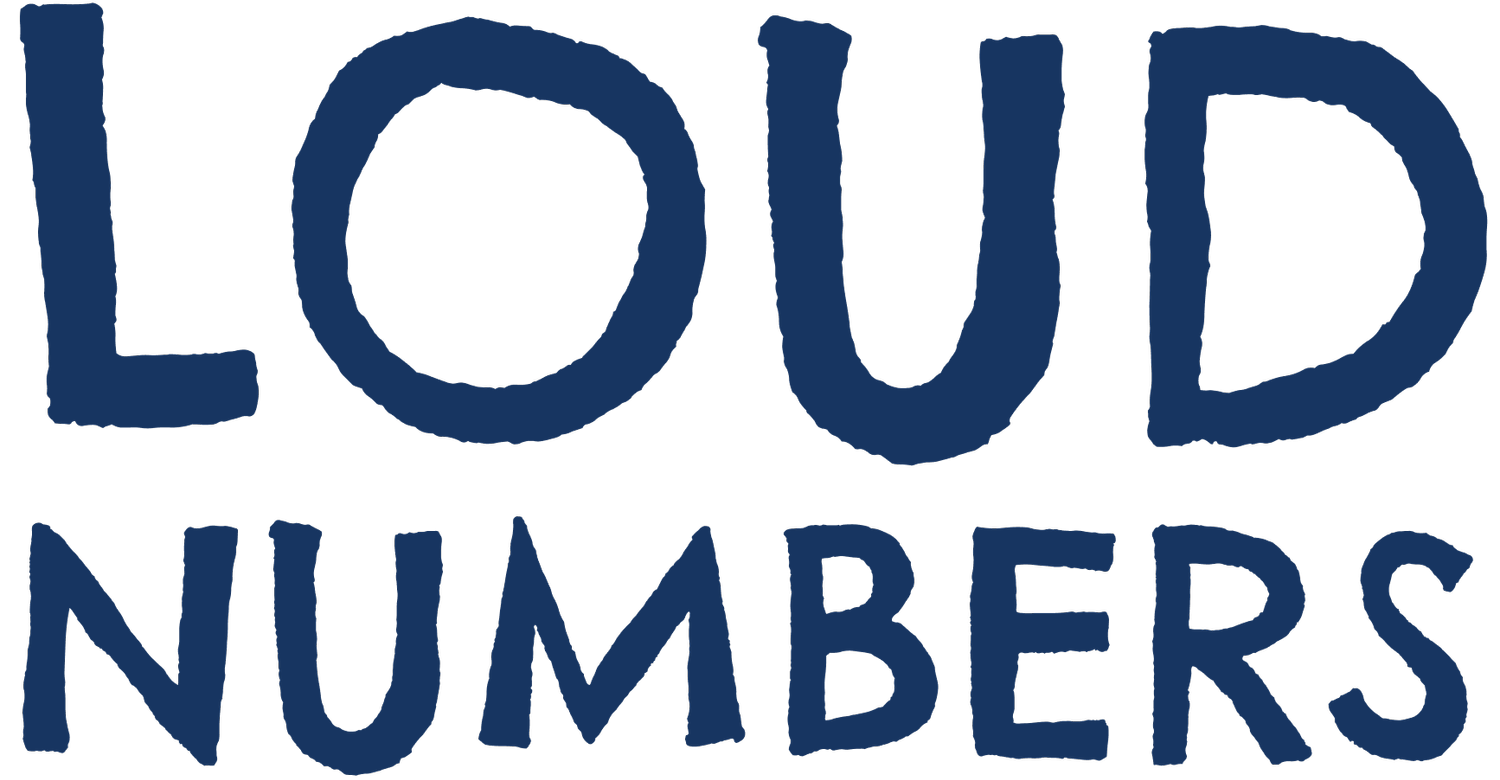What WE DO
We do data sonification – the art and science of turning data into sound. Just as data can be visualised by turning it into bars, lines and colours, it can also be sonified – turned into pitches, volume levels and audio effects.
Back in 2019, we created the Loud Numbers podcast.
Today, we create data-driven audio experiences that tell compelling stories, communicate data accurately, and sound like music – tracks you'd press play on more than once.
Want to know how? Read music technology company Ableton’s detailed article and interview featuring our work.
TRaditional charts
Quick overview
Analytical
Abstract
Easily forgotten
Familiar
Innovative
Memorable
Immediate
Emotional
Data-Driven Experiences
Immersive
FAQ
-
Data visualizations are useful if you need a compact, efficient representation of a dataset, but they’re rarely memorable and don’t always spark emotion.
Sonifications, on the other hand, take advantage of the strong emotional association we all have with sound and music to deliver a unique data-driven story that stays with the listener.
-
We map data values to audio parameters like pitch, loudness or effects, just like visualizations map data values onto height, colour or angle. Examples might be that larger numbers sound louder, lower-pitched, or more distorted.
We then use these sounds to create bespoke music tracks that span genres from techno to classical. Whatever you need, we can make it.
-
Sonification works well on audio-only formats like podcasts. If going down this road, you might want to include a voiceover that explains how the sonification works and what to listen out for. The introduction to each episode of the Loud Numbers podcast explains how the sonification works with some examples, like a chart legend but in sound.
That said, if you’re primarily creating something that sounds nice, and it’s not important whether people can pull data out of it or not, then a voiceover or legend (audio or otherwise) is probably unnecessary. -
We can use a dataset you already have, or help you source and compile one. Time series data works particularly well. Not all datasets are suitable for sonification, but we’ll work with you to figure out how best to tell your data story with sound.
When you map data to audio or musical parameters, the data does need to be numeric or categorical, but you can of course convert text to numbers or categories and work with it that way.
Or you can treat text as a kind of annotation or “loose” data - like we do in our Boom & Bust podcast episode, where historical quotes are positioned along a musical timeline.
-
It depends. If your goal is to communicate information then it’s important that people understand what the sounds mean. In this situation, you might want to create a visual legend or accompanying video.
If you want a video to go alongside your sonification, we’re very happy to help you identify the right person for the job.
-
Sonification is a fantastic accessibility tool. Audio data experiences can be experienced and enjoyed by blind and partially sighted audiences, as well as people who simply aren’t looking at the screen. When paired with complementary visuals, sonification can reach the broadest number of people.
We created Loud Numbers because we both love music and wanted to experiment with the creative possibilities of sonification. While we’re really excited about the podcast allowing a wider audience to enjoy data storytelling, we didn’t intentionally design it for accessibility reasons.
However, we passionately believe in broadening access to information, so if you have a specific audience in mind, do talk to us.
-
We do all kinds of work for all kinds of clients, from independent artists to large corporations, with fees that range from £1000 to £20,000.
As such, there isn’t a “standard” pricing - costs will depend on the nature of the project, how much work is involved, and whether you want to own the copyright on the final product.
The best bet is to drop us an email with a short description of what you want, the data you have available, and a ballpark budget you’re working towards. We can go from there.
-
If you want to try sonification for yourself, a good first step is to join Decibels – our community of people working with sound and data. You’ll find plenty of fellow travellers there.
If you’d rather be taught directly, and know of others who’d also like to learn, then book us to run a workshop – either online or at a venue near you.
Email us to arrange a free, no-obligation, twenty-minute chat.
Get in Touch
Receive our regular newsletter, which rounds up the best sonification work.

